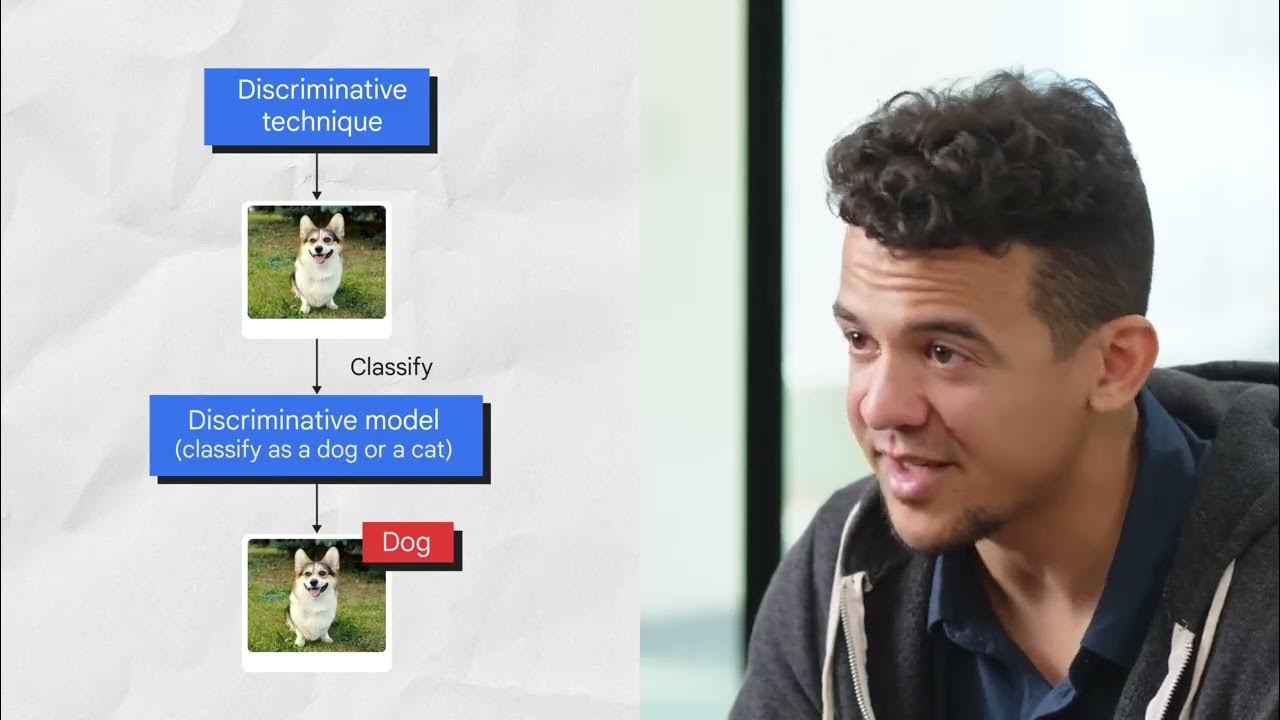Perbedaaan Model Desain Pembelajaran dengan Model Pembelajaran
Summary
TLDRThis video discusses the difference between instructional design models and teaching models. It explains that instructional design models guide the development of a lesson from the beginning to the end, including analyzing needs, setting objectives, choosing media, and evaluation. In contrast, teaching models focus on guiding the implementation of lessons, such as cooperative learning, project-based learning, and problem-based learning. The video emphasizes how these two models work together in lesson planning, showing how instructional design models provide structure, while teaching models support effective delivery. The goal is to help viewers understand the roles each model plays in education.
Takeaways
- 😀 Instructional design models (like ASSURE) help in planning, developing, and evaluating learning activities from start to finish.
- 😀 The process of instructional design includes analyzing learner needs, defining objectives, selecting appropriate media and methods, and evaluating the results.
- 😀 Instructional design is a cyclical process, where after evaluation, it loops back to analyzing needs for the next phase of teaching.
- 😀 Teaching models, such as Cooperative Learning, Project-Based Learning, and Problem-Based Learning, guide the implementation phase of a lesson.
- 😀 The main focus of teaching models is on how to conduct the lesson, whether in face-to-face, online, or blended learning formats.
- 😀 A key difference between instructional design models and teaching models is that the former focuses on planning and preparation, while the latter guides the actual teaching process.
- 😀 The ASSURE model is a popular instructional design framework that includes steps like analyzing learners, formulating learning objectives, and selecting appropriate teaching strategies.
- 😀 Cooperative Learning, with its subtypes like Jigsaw, encourages student collaboration where groups work on different topics and then share their knowledge with others.
- 😀 Instructional design models, such as ADDIE and Kemp, offer a systematic approach to creating effective learning experiences.
- 😀 Teaching models often focus on student interaction, engagement, and performance during the lesson, ensuring active participation and effective learning outcomes.
- 😀 Project-Based Learning (PBL) requires students to work on a project that helps achieve learning objectives, fostering a deeper understanding of the subject matter.
Q & A
What is the main difference between learning design models and teaching models?
-The main difference is that learning design models focus on the planning, development, and evaluation of the learning process, while teaching models focus on the implementation and execution of the learning process in the classroom.
What does a learning design model help with?
-A learning design model helps with developing a learning plan, which includes analyzing needs, formulating learning objectives, selecting media and methods, implementing the learning, and evaluating its effectiveness.
What is the typical structure of a learning design model?
-A learning design model typically follows a cyclical structure that includes stages such as needs analysis, goal setting, choosing appropriate methods, implementation, and evaluation. After evaluation, the cycle may return to the needs analysis stage for future learning designs.
Can you give examples of learning design models?
-Examples of learning design models include ADDIE, EDI, and Morrison & Ross.
What is the role of teaching models?
-Teaching models guide the implementation phase of the learning process. They focus on how learning is carried out in the classroom or online, from the introduction to the conclusion.
What is the ESSURE model, and how does it work?
-The ESSURE model is a learning design model that involves steps such as analyzing needs, formulating learning objectives, selecting strategies and media, implementing the learning, involving students, and evaluating the outcomes of the learning process.
What is the difference between learning design models and teaching models in terms of their focus?
-Learning design models focus on preparing and planning the entire learning experience, including the analysis of needs and selection of methods, while teaching models focus specifically on how to deliver the content and facilitate learning during the actual class sessions.
What are some examples of teaching models mentioned in the transcript?
-Some examples of teaching models include Cooperative Learning (with types such as Jigsaw and TGT), Project-Based Learning, Problem-Based Learning, and Advance Organizers.
How is Cooperative Learning structured, and what are its benefits?
-Cooperative Learning involves students working together in groups to achieve learning objectives. In models like Jigsaw, each group becomes 'experts' on a specific topic, and then shares their knowledge with other groups. This promotes collaboration and deeper understanding.
How do learning design models and teaching models complement each other?
-Learning design models guide the overall planning and structuring of the learning process, while teaching models focus on the actual delivery and interaction during the learning experience. Together, they ensure that both the planning and execution of learning are effective and aligned with the objectives.
Outlines

This section is available to paid users only. Please upgrade to access this part.
Upgrade NowMindmap

This section is available to paid users only. Please upgrade to access this part.
Upgrade NowKeywords

This section is available to paid users only. Please upgrade to access this part.
Upgrade NowHighlights

This section is available to paid users only. Please upgrade to access this part.
Upgrade NowTranscripts

This section is available to paid users only. Please upgrade to access this part.
Upgrade NowBrowse More Related Video
5.0 / 5 (0 votes)





